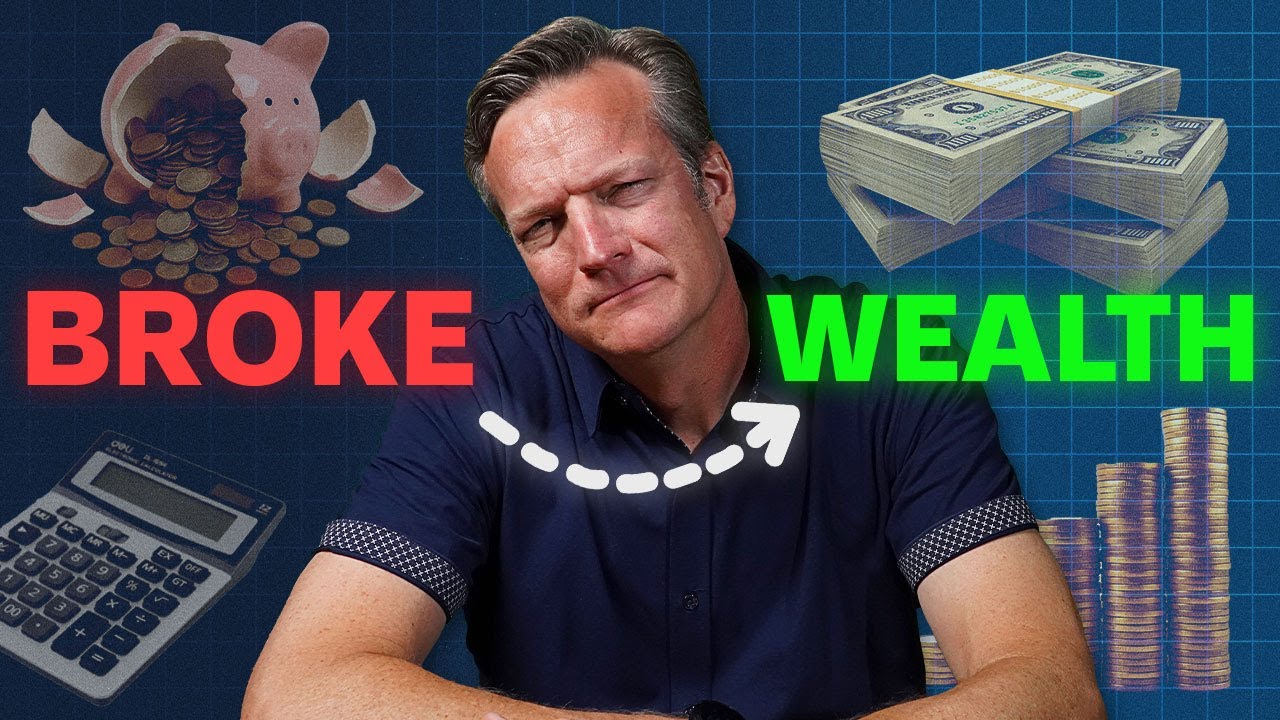All right, so we just covered retirement plans. The next big legal loophole on how to avoid taxes is actually by investing. Now, this is one. When I hear Warren Buffett complain about how low his tax rates are compared to his secretary, people often go, ‘How does he do that? How’s he exploiting the tax code for this to happen?’ It’s because he’s an investor, and guess what? The tax code is structured in a way that rewards investing in capital assets. That’s exactly right.
Now, not all capital investing is at favorable tax rates. If you have short-term capital gains or you have ordinary dividends, those are taxed at ordinary income rates. Not all that exciting. However, if you are a long-term investor, you can have qualified dividends and long-term capital gains that are actually subject to lower tax rates. Instead of paying your ordinary marginal rate, you can pay as low as 0%, which we’ll talk about, but in most cases, 15% long-term capital gains rates, which is a very attractive proposition for folks who are putting their money to work for them over the long term.
Yeah, so it’s good to be an investor, and Bo kind of just alluded to it, and I want to give the details. If you’re a person who’s either lower income or you’ve done a great job of structuring your income, especially in retirement, they do have a carve-out for capital gains. If your income for a married couple is below $89,500 or $44,625 for single individuals, you actually pay a 0% capital gains rate. That’s not a misstatement. 0%, meaning tax-free capital gain distributions if your income is low enough. It’s amazing.
Another thing that you can do from an investing standpoint is if you recognize, ‘Hey, I’m a long-term investor, and different market environments provide different market opportunities to me,’ tax loss harvesting might be something you want to take advantage of. Even as we’ve seen some volatility over the past year and then even over the past couple of weeks, you may decide, ‘You know what? I’ve had capital gains that have come through this year. Perhaps I should sell some of my loss positions to offset those gains because it’s not incredibly difficult to zero that out throughout the year. And if we have a substantial down year like what 2022 was, you can actually harvest those losses and be able to use them in future years to offset all of your capital income, even up to as much as $3,000 of ordinary income.’
So just because the market is down does not mean there aren’t silver linings you can take advantage of from a tax standpoint. And I always like to be strategic. I talk about when you’re doing your tax planning to avoid taxes legally, tax location matters. Just like earlier, I was talking about that 0% capital gains tax rate. How do you actually make that work? If you’ve been earning a great wage through your working years, potentially you can use it in retirement. It’s not uncommon for us to find people who leave the workforce, no longer have wages, but if they have their three pots of money, if you think about the three baskets of money that you can have, you can have tax-deferred, which is your employer contributions as well as your contributions that you took the tax deduction. Now, you can have your tax-free, like your Roth contributions that grew tax-free, and then you’ve got your after-tax accounts.
If you structured your three buckets in the appropriate way, you can actually legally manipulate your retirement to the point that you could potentially exploit those 0% capital gains rates.
Have you downloaded our free Wealth Multiplier resource yet? This tool shows you exactly how much you need to be investing each month in order to reach $1 million by your target retirement age (and what every single dollar could turn into by retirement).













